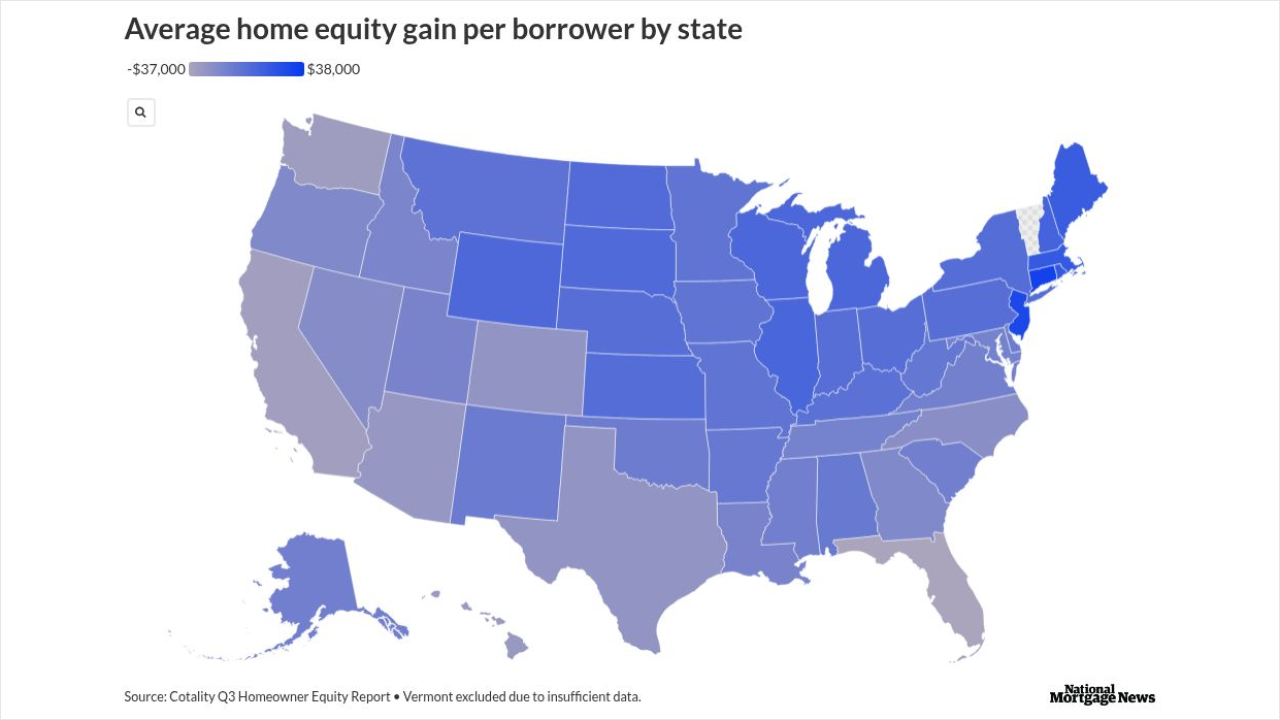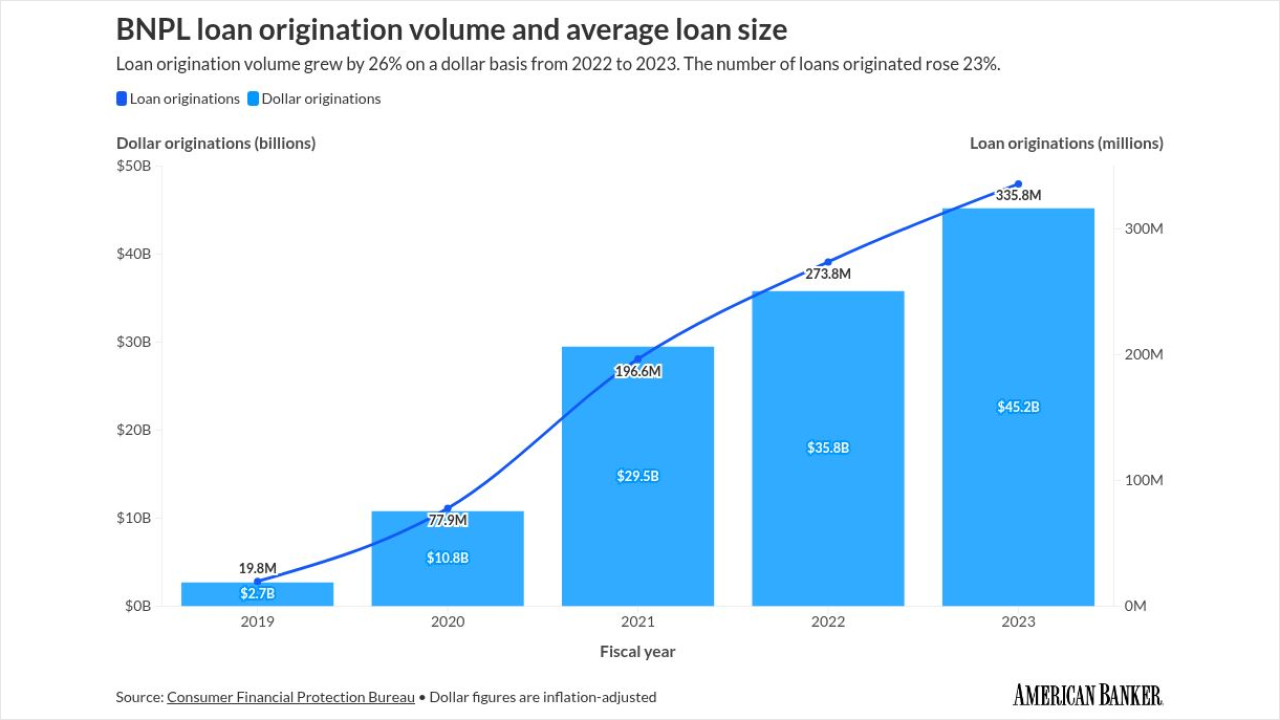The European Commission (EC) published October 10 its long-awaited report on the functioning of comprehensive European securitization-market regulation that retains investor disclosure requirements likely to inhibit European investors from investing in securitizations from North American issuers.
The disclosure requirements have been in place since the regulation went into effect in 2019, but until now it has been unclear whether the disclosures should adhere materially or exactly to templates, some still in the works, for different asset classes. The EC put that uncertainty to rest in its report, stating "it is not appropriate to interpret [the regulation] in a way that would leave it to the discretion of the institutional investor to decide whether or not they have received materially comparable information."
In practice, said Kristi Leo, president of the Structured Finance Association (SFA), that means requiring loan-level information for every single asset class. By contrast, Securities and Exchange Commission in the U.S. allows for disclosures at the much less granular pool level in asset classes such as credit cards that securitize thousands of relatively homogenous loans.
A committee established by the European Securities and Markets Authority (ESMA) to explore the issue recommended what it referred to as "proportional disclosures," in the vein of being materially the same if not exactly, but the EC rejected that approach.
In a note to members, the SFA noted that the EC's "interpretation effectively excludes EU institutional investors from investing in non-EU securitizations unless the investors have access to the specific mandated asset-level disclosure." The securitizations most often sold to European investors by issuers in the U.S. include CLOs, CMBS and some credit-risk-transfer bonds.
In an October 11 note to clients, law firm Cadwalader, Wickersham & Taft describes the requirements that European investors must comply with at the securitization level, including:
· A transaction summary and the underlying transaction documentation essential for understanding the transaction.
· Quarterly asset level reporting and investor level reporting completed in the relevant specific template format.
· And reporting without delay on an ad hoc basis regarding "significant events."
The EC's report puts European investors in a quandary, since they have purchased U.S. securitizations since 2019 based on their own interpretations of what the EC wanted in terms of disclosures, often depending on what data was made available to them by U.S. issuers and their banks.
"They've been interpreting what they have to do--the due diligence and disclosures--to buy securitizations, and it hasn't always been exactly as prescribed in the templates," Leo said.
As a result, she added, they now have to determine whether their disclosures satisfy the templates that ESMA has created, or whether they must sell those bonds. Making that decision imminently, however, may not be necessary, Leo said. The EC report instructs ESMA to review the templates' disclosure requirements in different asset classes.
"The Commission acknowledged in the [report] that certain respondents to the consultation found these requirements to be disproportionate in scope, too prescriptive, strict, and in particular, that the requirements fail to take into account whether the particular securitization is public or private," Cadawalader said. It adds that the EC tapped ESMA to "take into account any information that investors do not deem relevant or necessary."
Leo said the EC report does not detail the shape of that review process, which may include public comments, nor the timing. However, EC report does clearly direct European investors to follow the templates precisely. Leo said the SFA is now seeking to clarify with the EC whether that means currently or if there will be a "no-action" period until ESMA completes its template review and any changes are implemented.
In the meantime, the EC report says that if investors determine certain bonds must be sold because disclosures are insufficient, they need not sell those bonds at a loss. Leo noted that one positive aspect to today's capital markets volatility and downward pressure on securities prices may be that European investors might get a bit more time to decide what to do with their securitization investments.
"It might give some folks a little more time depending on when they bought the particular bonds versus where prices are today on those bonds," Leo said.






